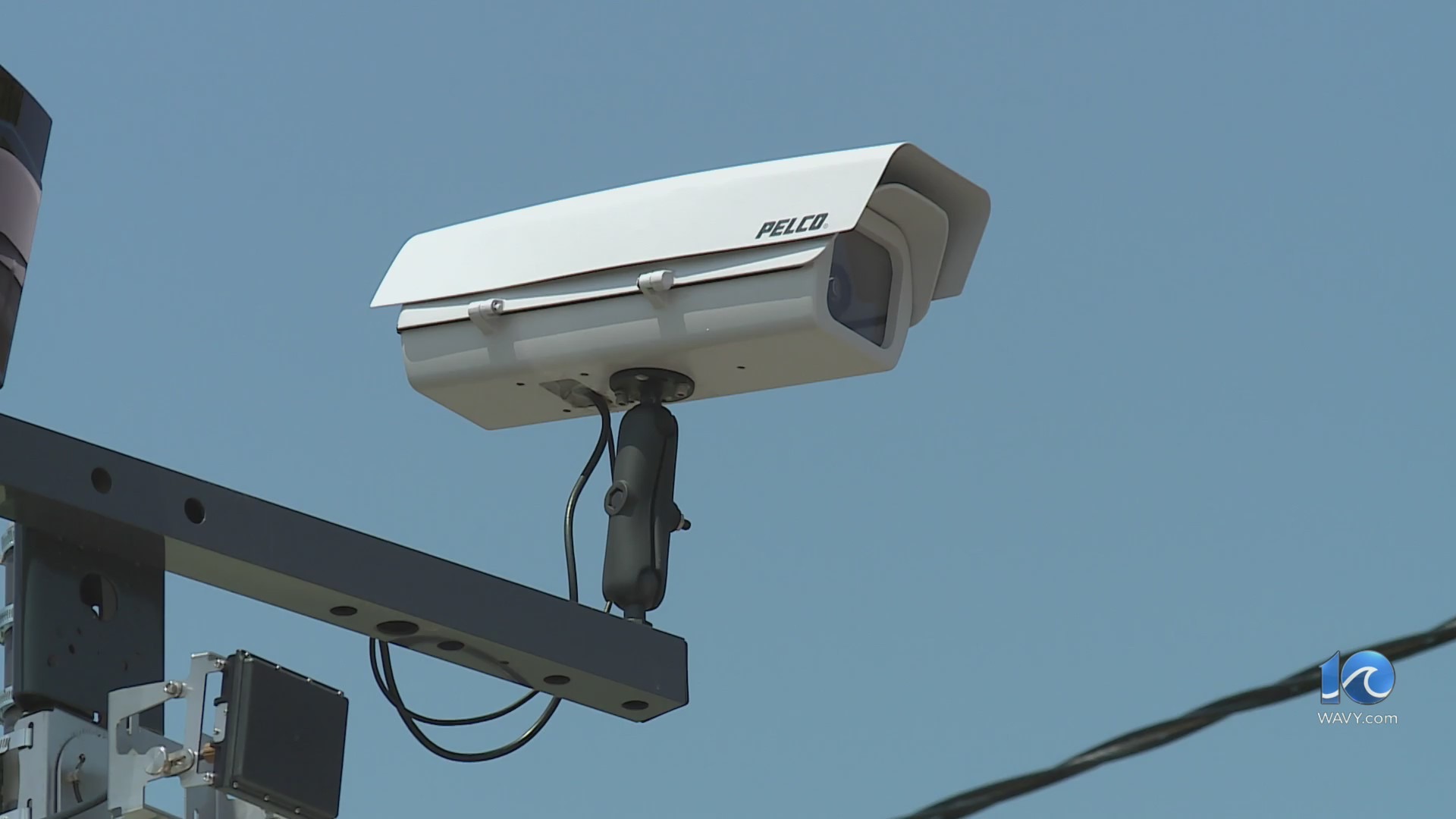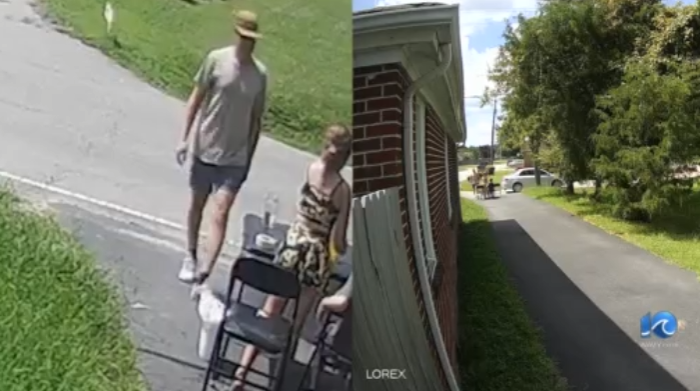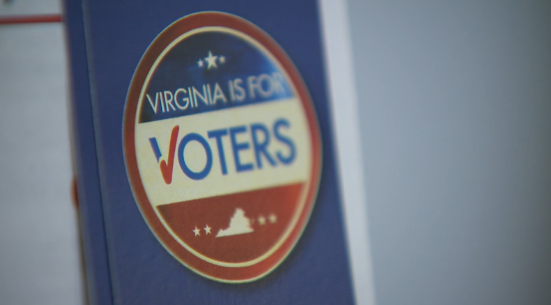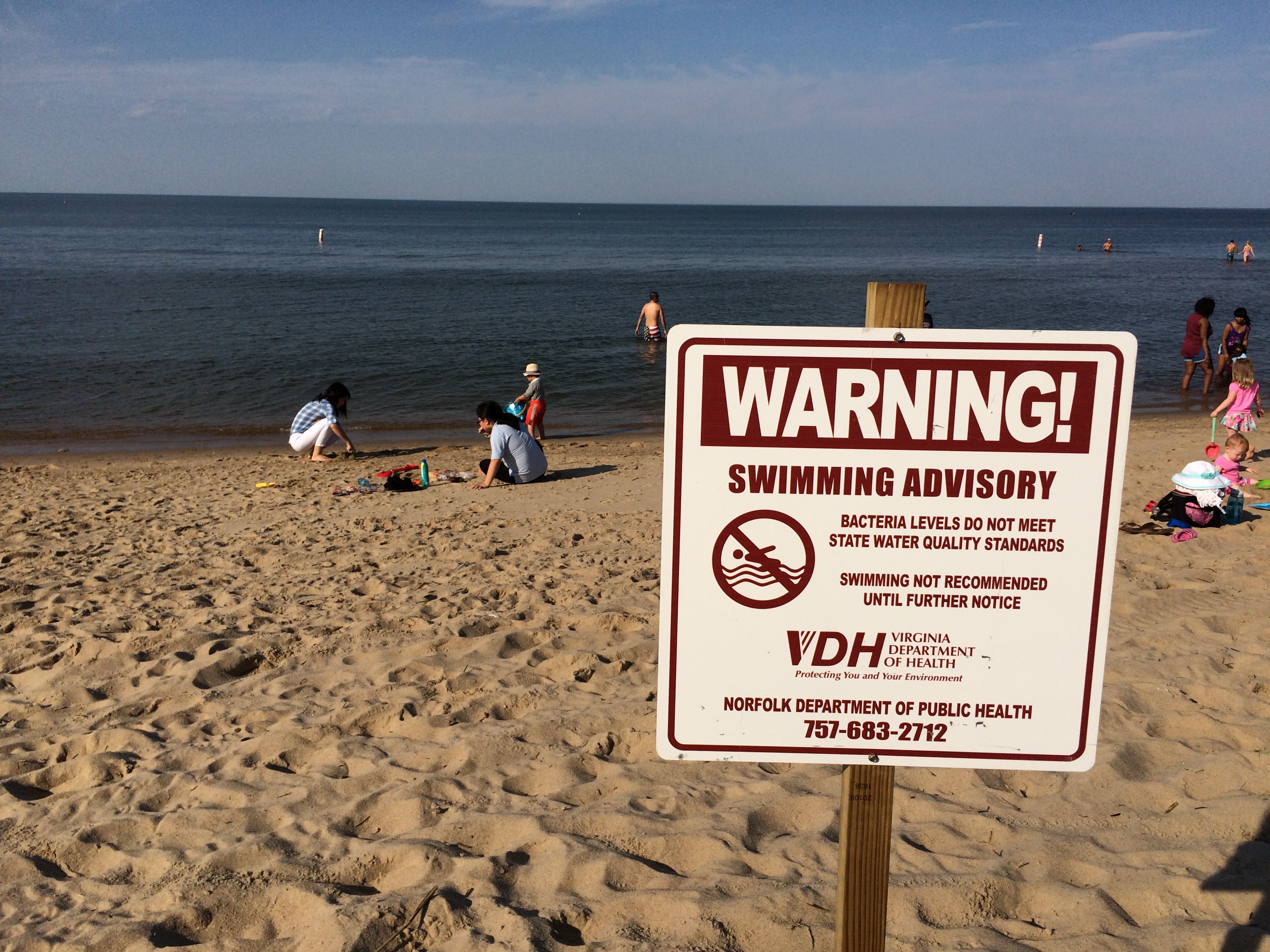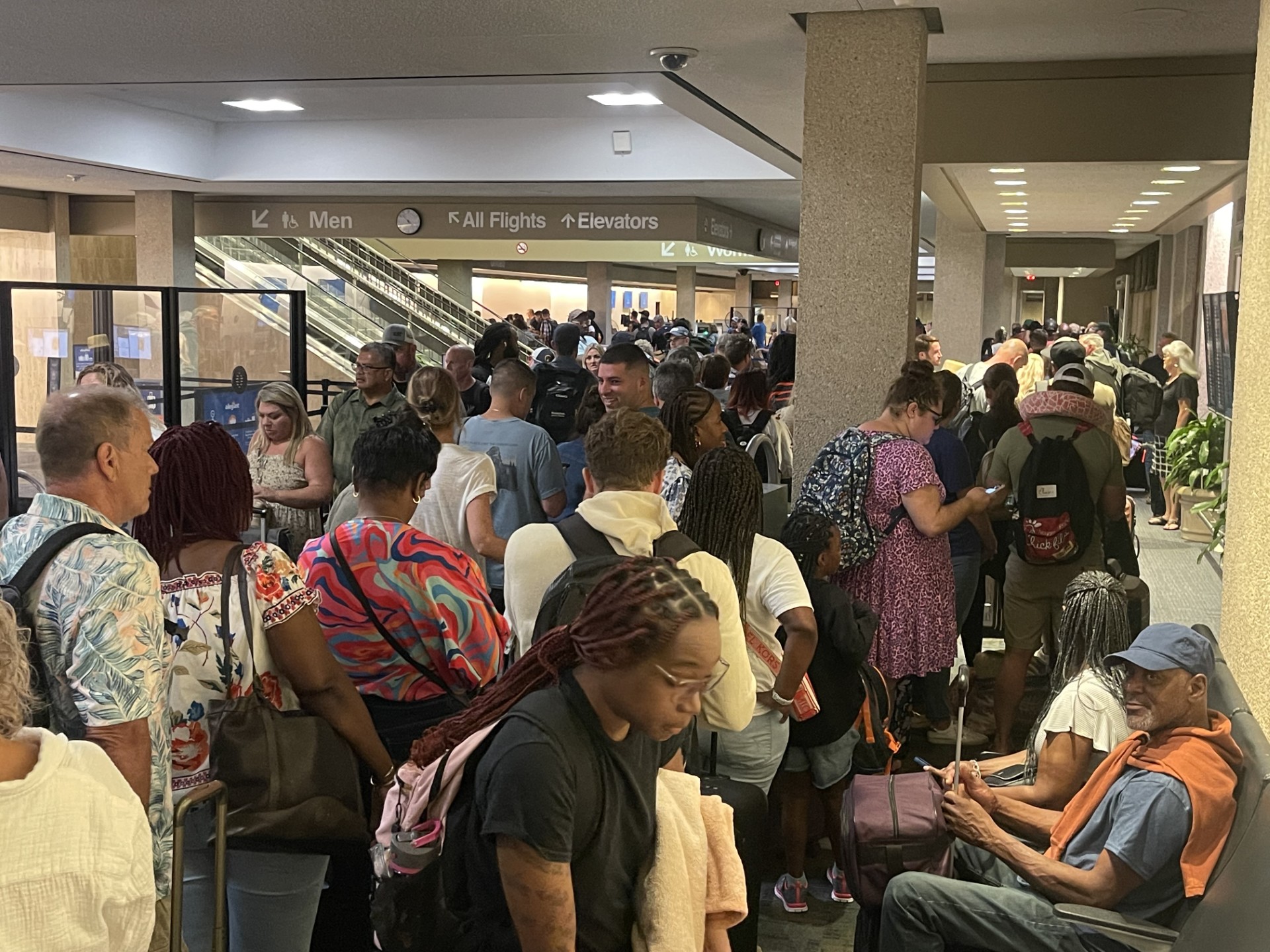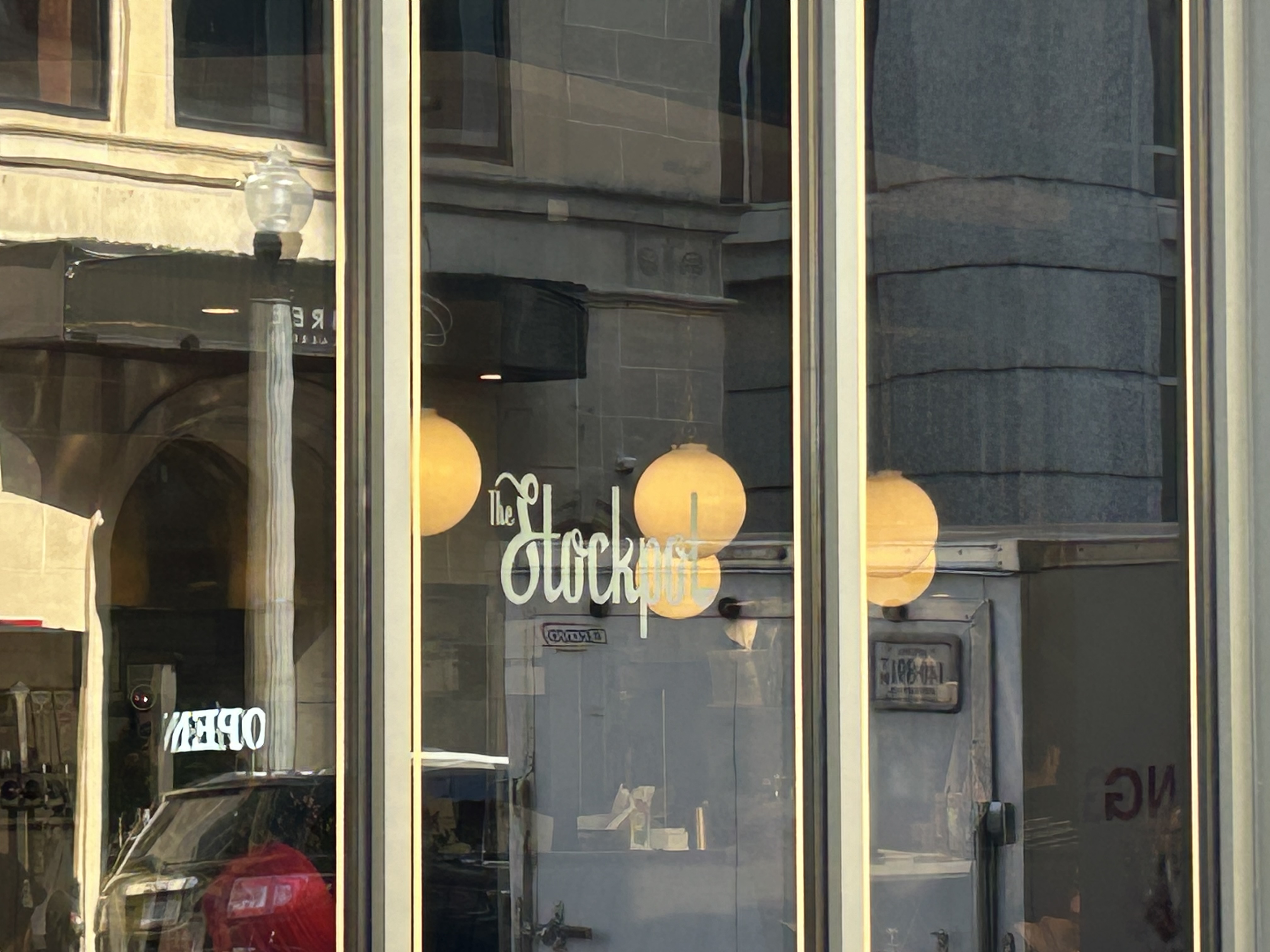Legislative proposals to reform the banking system are beginning to pile up following the failures of several large banks recently.
In what is still proving to be the most calamitous period for the U.S. financial sector since the 2008 financial crisis, policymakers have been busy crafting new solutions.
The plans range from targeted punishments for incompetent executives to a broad-based rehabilitation of the Dodd-Frank Act enacted in the aftermath of the Great Recession.
Other proposals in the pipeline, such as one from Senate Banking Committee Chairman Sherrod Brown (D-Ohio), have yet to be formally announced.
Brown’s legislation relates to corporate governance and executive accountability, an aide for his office told The Hill Thursday.
His initiative follows calls from the White House to beef up the Federal Deposit Insurance Corporation (FDIC), which was called upon to insure wealthy depositors at the failed Silicon Valley Bank (SVB) well above the FDIC’s standard $250,000 limit.
What happened? Silicon Valley Bank tripled loans to insiders in months before its collapse
President Biden’s administration is pushing for tougher regulations on banks, in addition to laws that would limit pay for executives of failed banks and bar them from future work in the industry.
The failure of SVB occurred despite the fact that the Federal Reserve Bank of San Francisco had issued six separate serious citations over two years warning that the bank wasn’t keeping enough capital on hand or properly managing its risks.
“Silicon Valley Bank management failed badly,” Federal Reserve Chairman Jerome Powell said at a press conference on Wednesday. “They grew the bank very quickly, they exposed the bank to significant liquidity risk and interest rate risk, and didn’t hedge that risk. We know now that supervisors saw these risks.”
While most of the proposals are coming from Democrats, Senate Majority Leader Chuck Schumer (D-N.Y.) has suggested he only wants to deliver bipartisan legislation to the floor, saying Wednesday that there are a number of proposals worth considering.
Earlier this week, House Financial Services Committee Chairman Patrick McHenry (R-N.C.) told a gathering of bankers that it was too soon to know whether new legislation cracking down on the banking industry was necessary.
Who could be the decisionmakers? Six key players to watch in the banking crisis
Here’s a look at the bills as well as some of the regulatory initiatives that Congress is mulling.

Strengthening Dodd-Frank by nixing the 2018 rollback
Sen. Elizabeth Warren (D-Mass.) and Rep. Katie Porter (D-Calif.) introduced a measure to repeal a 2018 law that loosened federal regulations on midsize banks such as SVB.
The bipartisan bill made it so that banks with $250 billion or less in assets were not considered “systemically important” and thus were excluded from stress tests and capital requirements that larger banks must comply with. The previous threshold was $50 billion.
Policymakers move quickly: Sanders introduces bill to block bank execs from serving on Fed boards
“In 2018, I rang the alarm bell about what would happen if Congress rolled back critical Dodd-Frank protections: Banks would load up on risk to boost their profits and collapse, threatening our entire economy, and that is precisely what happened,” Warren said.
SVB and Signature Bank aggressively lobbied for the 2018 bill. SVB’s CEO told a Senate panel that the bank did “not present systemic risks” — several years before the bank’s collapse prompted regulators to use their systemic risk exception to protect its depositors.
Seventeen Senate Democrats joined all Republicans in backing the 2018 law amid an influx in donations from banks, including Signature Bank. Some Democrats who voted for the bill still stand by their decision, arguing that small and midsize banks needed regulatory relief.

A presidentially appointed inspector general for the Federal Reserve
Sens. Warren and Rick Scott (R-Fla.) produced a bipartisan bill on Wednesday to give the Fed an inspector general (IG) who would be appointed by the president and approved by the Senate, similar to many other government agencies.
Currently, the Fed’s IG is appointed by only one person, the chair of the bank’s board of governors — a position held by Powell.
Fed IGs are tasked with conducting audits and investigations, including over the bank’s supervision of financial institutions and internal operations.
Having a presidentially appointed IG may be seen as limiting the independence of the Fed, but Warren and Scott think that’s a good move.
“It’s outrageous that the Federal Reserve, the world’s largest and most powerful central bank, does not have a truly independent Inspector General to investigate it – an independent authority to fight for the transparency and accountability our citizens need,” Scott said in a statement Wednesday.
What does Powell think? The 5 biggest things Fed Chair Powell said about the banking crisis
Banning private bankers from Fed bank boards
A proposal from Sen. Bernie Sanders (I-Vt.) would bar bank executives from serving on the boards of regional Federal Reserve banks.
Gregory Becker, former CEO of SVB, served on the board of directors at the San Francisco Federal Reserve that was tasked with supervising the bank. He resigned from the board following the bank’s collapse.
“It is clear to me and to the American people, that the CEOs of the largest banks in America should not be allowed to serve as directors of the main agency we have in this country in charge of regulating those very same financial institutions,” Sanders said in a statement.
In the mix: Warren takes center stage in banking fight after SVB collapse
Lawmakers are investigating why the San Francisco Fed failed to address SVB’s mounting issues before the bank succumbed to a bank run.
The 12 regional Fed banks have boards of directors that are mostly made up of local business executives. Sanders noted that five large bank executives currently serve as directors for regional Fed banks.

Lawmakers seek tougher Fed rules
On the regulatory front, several Senate Democrats are urging the Fed to beef up supervision of banks with assets between $100 and $250 billion.
They said that the 2018 bank deregulation law gives the Fed the power to put stronger rules in place, but that authority has largely gone unused under Powell.
“Jerome Powell just literally took a flamethrower to these regulations, in order to make them less and less effective,” Warren said in a recent interview.
Michael Barr, the Fed’s new vice chairman for supervision, is leading a review of the central bank’s oversight and the supervision failure that preceded SVB’s collapse. He’s called for the Fed to institute tougher capital requirements, drawing pushback from Republicans and banking industry lobbyists.
“We do need to strengthen supervision and regulation,” Powell told reporters Wednesday.
Pressure from the top grows: Biden urges Congress to crack down on failed bank executives
Rep. Ritchie Torres (D-N.Y.), a member of the House Financial Services Committee, has introduced three bills of his own to bolster oversight and make changes at the Fed.
One measure would require the Treasury Department to designate certain banks as “sectorially critical” and subject them to heightened regulatory scrutiny. Another would instruct the Fed to consider financial stability when setting interest rates, while the third bill would make the Fed’s emergency lending program for banks permanent.
A group of 10 Republicans on the Senate Banking Committee sent a letter to Powell and San Francisco Fed President Mary Daly on Thursday asking for risk assessment records at SVB going back to 2019.
The lawmakers also want to see information about the bank’s liquidity and earnings prior to its collapse, as well as if there were any outstanding regulatory designations assigned to the bank in recent months.















































































